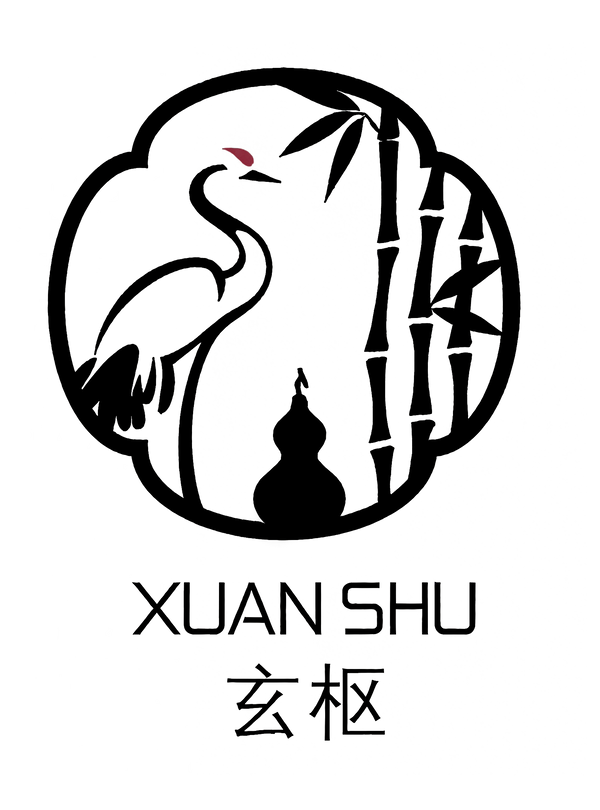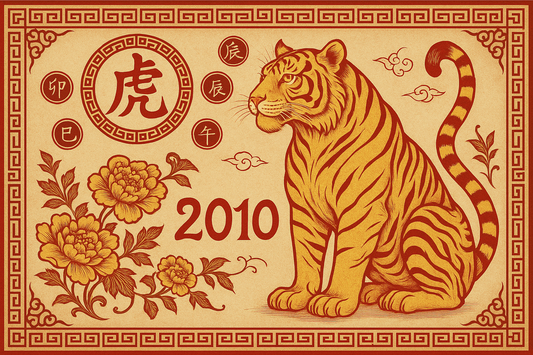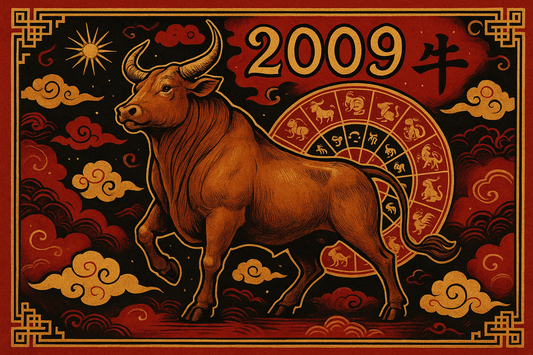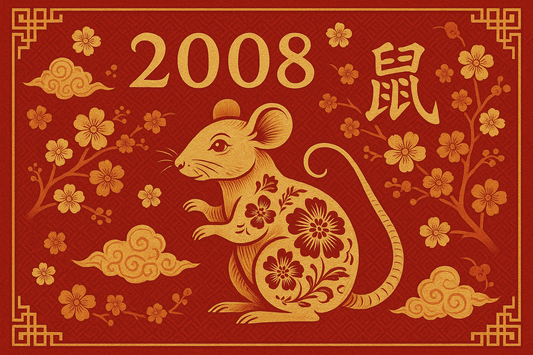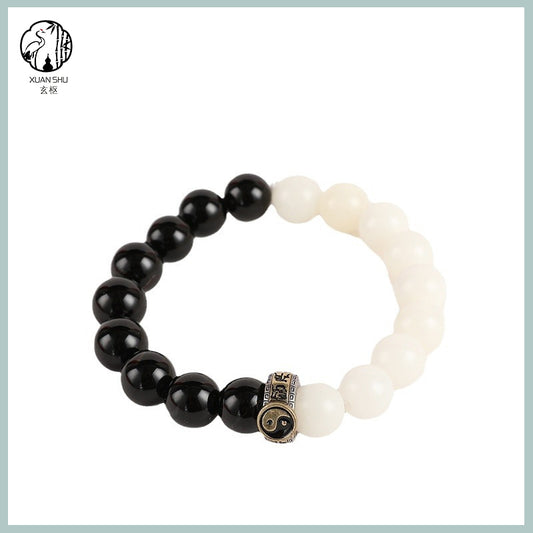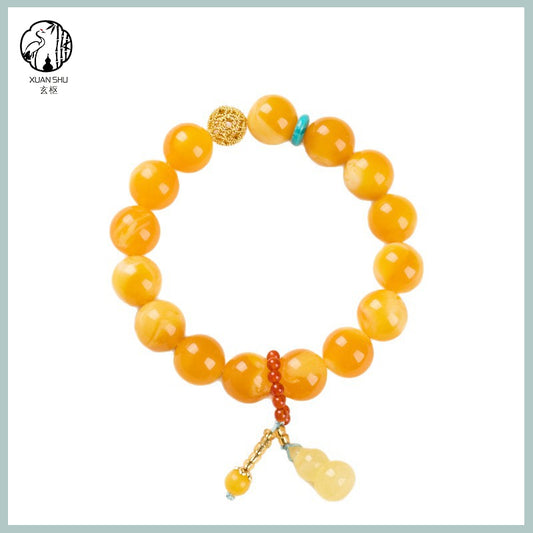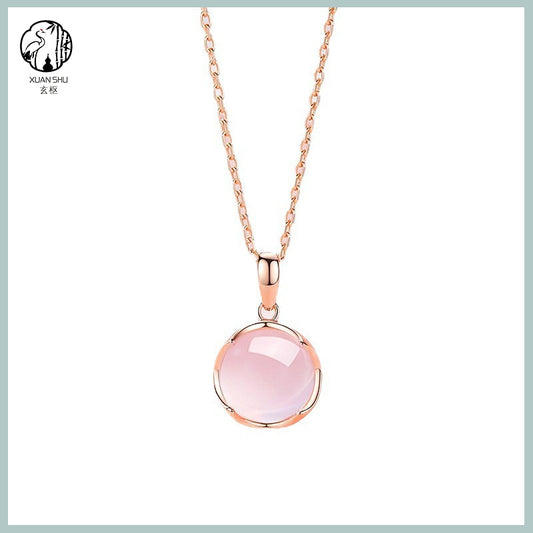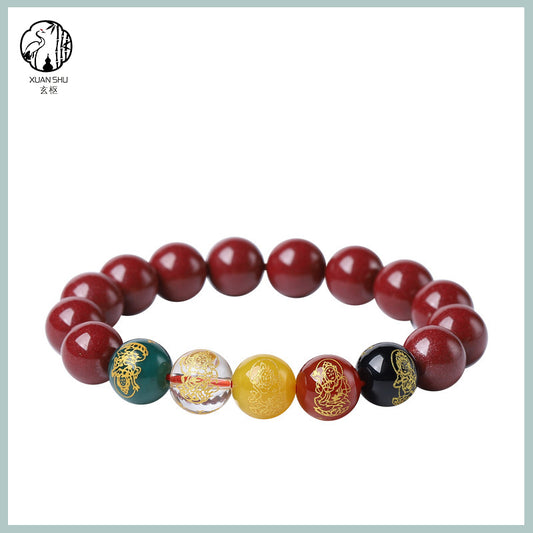What Are The 12 Chinese Zodiac Signs In Order
In traditional Chinese culture, the twelve zodiac animals are more than just familiar symbols of the lunar calendar—they represent the cyclical flow of time and the wisdom of life. From lunar year reckoning to fortune-telling, from festivals to folk beliefs, the zodiac system has long been woven into the fabric of everyday Chinese life. Represented by twelve animals—Rat, Ox, Tiger, Rabbit, Dragon, Snake, Horse, Goat, Monkey, Rooster, Dog, and Pig—the zodiac forms a unique cycle that reflects the Eastern understanding of time, fate, and personality. Though the sequence may seem simple, it holds profound symbolic meaning and cultural depth.

Why This Order?
The order of the zodiac is rooted in ancient Chinese understanding of nature and animal behavior. The Rat, small and clever, is most active during the deep night, corresponding to Zi Hour (11 p.m.–1 a.m.), and thus begins the cycle. The Ox, diligent and steady, ruminates during Chou Hour (1–3 a.m.), preparing for a new day of labor, earning the second spot. The Tiger, fierce and dominant, starts roaming at Yin Hour (3–5 a.m.), symbolizing bravery and power, and so ranks third. This pattern continues, with each animal aligned with a specific two-hour time period and behavioral trait, embodying the Taoist idea of harmony between humanity and nature.
Mythical Origins of the Zodiac Order
A popular legend tells how the Jade Emperor decided to select twelve animals to represent the years. He held a grand race, announcing that the first twelve to arrive at the heavenly gate would earn a place in the zodiac.
The clever Rat set out early but, being small, rode on the Ox's back. Just before the finish line, it leapt ahead and claimed first place, with the hardworking Ox coming in second. The mighty Tiger sprinted into third, followed by the agile Rabbit in fourth. The Dragon, though capable of flying, paused to bring rain to people on Earth and came in fifth. The Snake quietly slithered behind, taking sixth. The galloping Horse and the gentle Goat arrived side by side, becoming seventh and eighth. Then came the resourceful Monkey, elegant Rooster, and loyal Dog. Finally, the kind and slow Pig, despite being last to finish, secured the twelfth and final position.
This folktale, while whimsical, expresses the Chinese people’s reflections on the traits and destinies of each animal.
The True Origins of the Zodiac
The origins of the Chinese zodiac go far beyond folklore. Its development combines elements of astronomy, totem worship, and agricultural society. As early as the Shang and Zhou dynasties, the ancient Chinese had already been using the Twelve Earthly Branches to mark time. Later, twelve commonly seen animals were assigned to each branch for easier memorization, forming the zodiac system we know today.
Many of these animals—such as the Ox, Horse, and Dog—were essential in agrarian life, while others like the Dragon, Tiger, and Snake reflect the influence of ancient totem worship and the reverence for nature’s power. Over time, the zodiac became a tool not only for reckoning time, but also for fortune-telling, Feng Shui, and astrology, helping people interpret fate and personality traits.
Thus, the zodiac is far more than a cultural motif—it is a crystallization of ancient Chinese wisdom, embodying a harmonious relationship between humans, time, and nature. Its rich roots highlight the depth and uniqueness of Chinese civilization.
The Zodiac and the Twelve Earthly Branches
Each zodiac animal corresponds to one of the Twelve Earthly Branches in traditional Chinese calendar systems. The pairs are as follows:
Zi-Rat, Chou-Ox, Yin-Tiger, Mao-Rabbit, Chen-Dragon, Si-Snake, Wu-Horse, Wei-Goat, Shen-Monkey, You-Rooster, Xu-Dog, Hai-Pig
These combinations form the Sexagenary Cycle, a 60-year calendar system. The zodiac repeats every 12 years and is used to mark years. People often use their birth year animal sign to predict personality, compatibility, and fortune—making the zodiac a key part of traditional Chinese astrology.
Beyond personal destiny, this system is also applied in historical chronology, seasonal divisions, and Feng Shui, reflecting a distinctly Chinese understanding of time and cosmology.
Cultural Significance
In Chinese folk belief, each zodiac animal not only marks a birth year but also carries unique symbolic traits. For example, those born in the Year of the Rat are thought to be clever and quick-witted; those of the Ox, diligent and reliable; those of the Dragon, confident and powerful. Zodiac animals also play roles in marriage matching, naming, birthday rituals, and holiday customs, deeply embedding them in everyday life and cultural identity.
The Zodiac and Taoism
The relationship between the zodiac and Taoism is close and multifaceted.
Taoism centers around the principles of yin-yang and the Five Elements, both of which align with the symbolic meanings of the twelve animals. The Rat represents vitality and hidden potential, the Ox diligence and stability, the Tiger raw power, and the Dragon—one of the most revered figures in Taoism—symbolizes imperial authority and auspiciousness. Taoist beliefs often integrate these animal spirits with cosmological principles.
In Taoist temples, zodiac imagery appears in statues and rituals. For instance, Qingyang Palace (青羊宫) features a unicorn-like blue goat, reflecting Taoist symbolism. The Yuanchen Hall in many temples enshrines deities corresponding to the Sixty Jiazi cycle, combining the twelve animals and ten Heavenly Stems. Taoism also emphasizes "Benming Nian" (本命年, one’s birth sign year), during which people wear red or perform rituals to seek protection.
Zodiac signs are also common in Taoist art, architecture, and talismans, serving both decorative and spiritual functions. In folk beliefs, touching the single-horned Blue Goat in Qingyang Palace is said to relieve illness—an example of how deeply the zodiac has been integrated into religious practice and cultural transmission.
Conclusion
The sequence of the twelve zodiac animals may appear simple, but to me, it reflects thousands of years of cultural insight and philosophical depth. What began as a timekeeping method has grown into a rich cultural system influencing art, customs, and metaphysical thought. For me, the zodiac is not just part of our tradition—it’s a gateway into understanding Chinese cosmology and Eastern wisdom. Today, the twelve zodiac signs serve as a meaningful symbol that connects China with the world, and I take great pride in this unique heritage.
